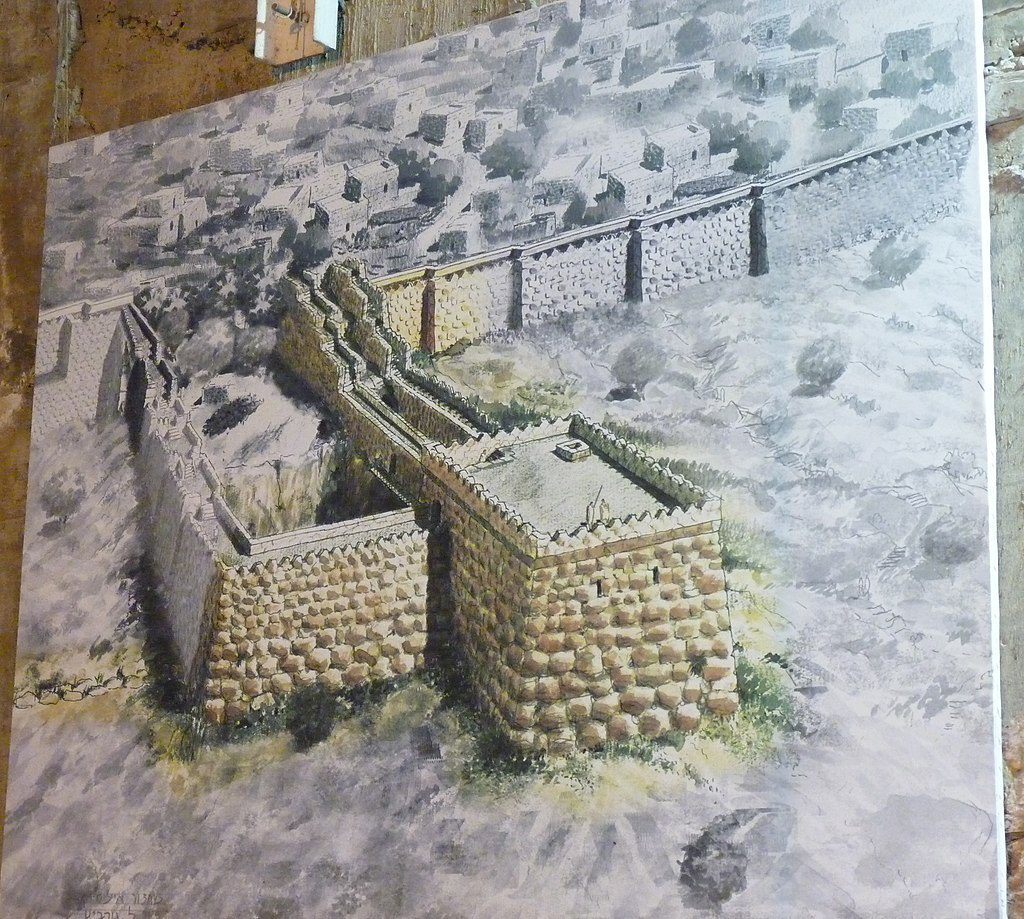Location and Identification
- The Gihon Spring, identified with the biblical Gihon, is located on the eastern edge of ancient Jerusalem and has been a crucial water source for over 5000 years.
History
Middle Bronze II Period (MB II)
- The spring was fortified with massive structures like the Spring Tower and Channel II, indicating its significant role in the city’s water supply system.
Late Bronze Age and Iron Age I Periods
- There is an absence of pottery shards and evidence of human activity during these periods (14th-10th centuries BCE), suggesting restricted access or a gap in occupation.
Iron Age II Period
- Significant remains from the 8th century BCE show continued use and repair of the water system. Hezekiah’s Tunnel was constructed to ensure a secure water supply during the Assyrian threat.

Excavation History
Middle Bronze II Period
- Excavations revealed previously unknown remains, including the massive Spring Tower and Channel II, which carried water southwards.
Late Bronze Age and Iron Age I Periods
- The Spring Tower’s construction in the MB II period blocked easy access to the spring, making it largely inaccessible until the Early Roman period.
Iron Age II Period
- Repairs to the Spring Tower and Pool Tower were found, along with the continued use of Channel II until the construction of Hezekiah’s Tunnel.
Findings
Middle Bronze II Period
- Key findings include the massive Spring Tower and the rock-cut Pool, highlighting the importance and protection of the Gihon Spring.
Late Bronze Age and Iron Age I Periods
- The absence of pottery shards indicates the spring was not in use during these periods.
Iron Age II Period
- The discovery of Hezekiah’s Tunnel and repairs to the Spring Tower and Pool Tower emphasize the strategic importance of the Gihon Spring.
Sources
The History of the Gihon Spring in Jerusalem
Ronny Reich and Eli Shukron


